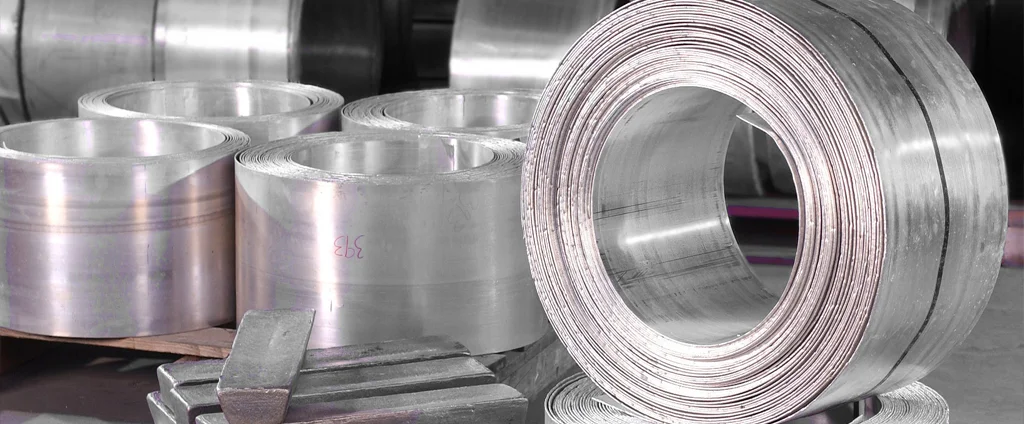Magnesium ZC63-T6 (UNS M16631)

ZC63-T6 is a high-performance magnesium alloy recognized for its excellent pressure-tight casting, good weldability, and elevated temperature strength. Widely used in the aerospace and automotive industries, it is valued for combining strength and lightweight characteristics.
| Chemical Composition | ||
|---|---|---|
| Element | Min | Max |
| Magnesium | —— | Remainder |
| Copper | 2.4% | 3.0% |
| Manganese | 0.25% | 0.75% |
| Nickel | —— | 0.01% |
| Silicon | —— | 0.2% |
| Zinc | 5.5% | 6.5% |
The following table provides a list of magnesium ZC63-T6 properties in both SI and US customary/Imperial units.
Click on the button to switch between Metric and Imperial units.
| Physical Properties | Metric |
|---|---|
| Density | 1870 kg/m3 |
| Mechanical Properties | Metric |
| Tensile Strength (Ultimate) | 210 MPa |
| Tensile Strength (Yield) | 125 MPa |
| Young’s Modulus (E) | 45 GPa |
| Shear Modulus (G) | 17 GPa |
| Elongation at Break in 50 mm | 4% |
| Poisson’s Ratio (ν) | 0.27 |
| Brinell Hardness 500 kg load, 10 mm ball | 60 |
| Knoop Hardness Converted from Brinell | 80 |
| Vickers Hardness Converted from Brinell | 68 |
| Thermal Properties | Metric |
| Melting Point | 465 - 635 °C |
| Solidus | 465 °C |
| Liquidus | 635 °C |
| Thermal Conductivity | 122 W/m·K |
| Specific Heat Capacity (Cp) Typical value for Mg alloys | 1.00 J/g·°C |
| Electrical Properties | Metric |
| Electrical Resistivity | 5.40×10-6 Ω·cm |
The values in this table are approximate and can vary depending on various factors such as the specific manufacturing process and heat treatment applied to the alloy.
Advantages & Disadvantages of Magnesium ZC63-T6
| Advantages | Disadvantages |
|---|---|
| Lightweight | Corrosion susceptibility |
| High strength-to-weight ratio | Limited temperature range |
| Good machinability | Flammability |
| Enhanced vibration damping | Limited availability |
| Excellent castability | Potential galvanic corrosion |
Applications of Magnesium ZC63-T6
ZC63-T6 is widely used across industries that require strength, lightweight properties, and durability, including:
- Aerospace: Used in the aerospace industry for components that require a combination of lightweight design, strength, and rigidity.
- Automotive: The automotive industry benefits from its lightweight properties, contributing to fuel efficiency and reduced emissions.
- Consumer Electronics: The lightweight nature makes it suitable for consumer electronic devices, such as laptops, tablets, and smartphones.
- Sports Equipment: Employed in the production of sports equipment like bicycles, golf clubs, and tennis rackets.
- Industrial Equipment: The alloy’s high strength-to-weight ratio and good machinability make it useful in the production of industrial equipment.
- Medical Devices: Used in certain medical devices and equipment due to its lightweight and biocompatible properties.
- Marine and Nautical Applications: Can be utilized in marine environments for components such as boat frames, hulls, propellers, and other structures.
- Defense and Military: The defense sector can benefit from its lightweight and high strength properties.
